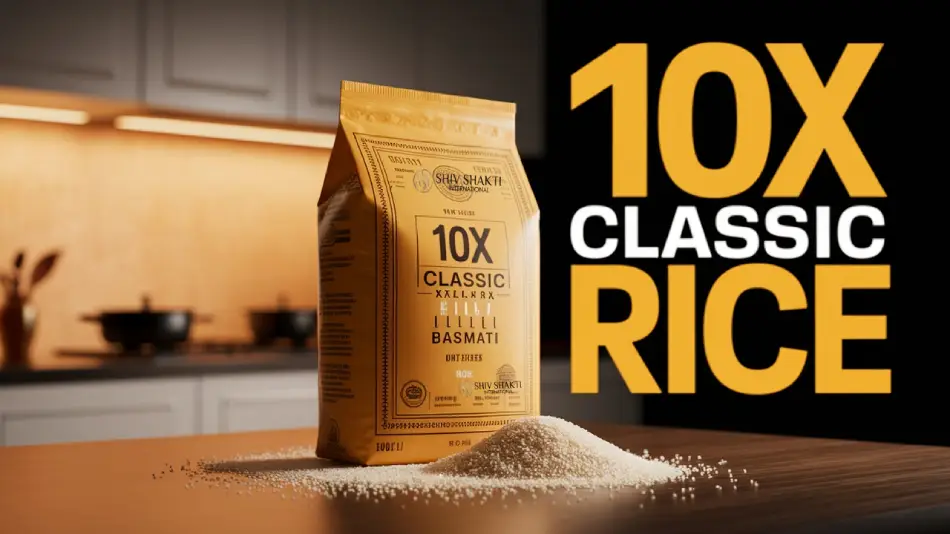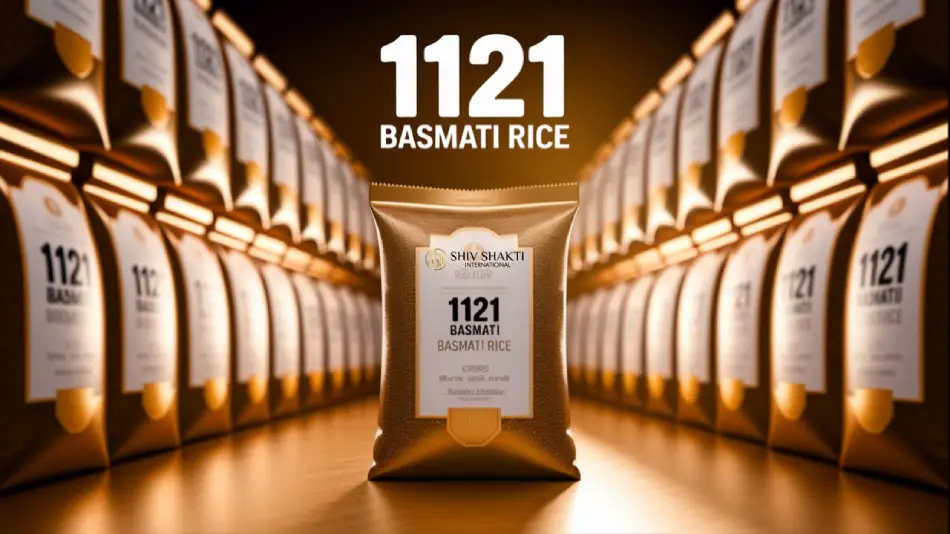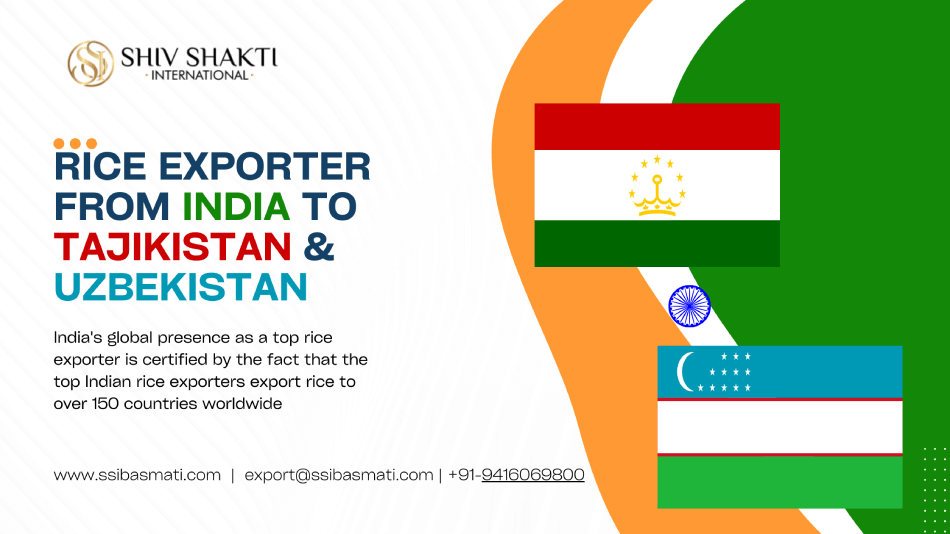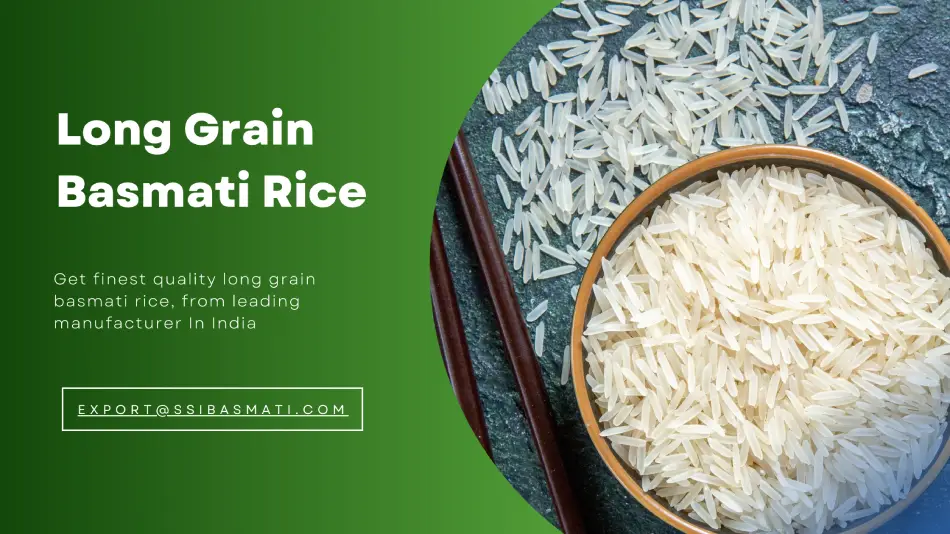
Basmati
Rice is a long, aromatic, slender-grained rice that has been farmed in India,
Nepal, and Pakistan for centuries. India accounted for 65 percent of all
basmati rice exports, with Pakistan accounting for 35 percent. Many countries
cultivate basmati rice in their backyards. Basmati, on the other hand, is
restricted to a few districts in India and Pakistan. This long-grain rice,
which has Indian roots, hasn't disappointed in quality and taste and has become
a popular choice among the wider populace.
Since
the essence of Basmati has beyond the demanding levels, every basmati rice exporter is reaping the benefits of exporting Basmati to various places
throughout the world at a breakneck pace.
Basmati
Facts You Might Not Know
1.
When cooked, Basmati rice elongates to almost twice its original size, which is
why many people today prefer Basmati rice to anything else. It also doesn't
bulk up when cooked, making it healthy and nutritious food to eat. It can also
keep its elongated shape even after it has been cooked. The true essence of
Basmati is well utilized by every culture and region, from Indian Biryani to
Italian Risotto to Japanese Sushi.
2.
When comparing Basmati to other brown rice, it includes roughly 20% more fiber
than any other rice. The potential to prevent the creation of malignant cells
is the most significant benefit of fiber. Fiber consumption has been linked to
the prevention of a variety of malignancies, including colon cancer.
Consumption of whole-grain basmati rice has also been shown to help against
breast cancer. This is because fiber aids in the elimination of estrogen
hormones by the body.
3.
Heer-Ranjha was the first to introduce basmati rice to the world. According to
historical records, this aromatic rice was first planted in Punjab, and
Heer-Ranjha was a well-known Punjabi-loving couple. Since the introduction and
expansion of this rice type, demand has exploded. Every exporter now prefers
trading in Basmati because it allows them to gain endless benefits quickly.
4.
Basmati is also known to lessen the risk of heart disease and vascular disease
by preventing unhealthy fat layers around the arteries and the accumulation of
cholesterol within them. Basmati has shown to be an excellent alternative for
people concerned about their health and avoid fatty foods to maintain their
general well-being. On the other hand, Basmati prioritizes this and has aided
people in having a nutrient-dense food option in their wellness regimen.
5.
India is the world's largest exporter of this high-quality aromatic rice, with
each Basmati rice exporter in India producing and supplying the
highest-quality rice to exporting countries. China, Pakistan, Bangladesh,
Vietnam and Indonesia are among the countries that produce a significant
amount of Basmati.
6.
It takes around three to four years for Basmati to mature. Rice is well known
for its ability to flourish in hot, humid climates. The best temperature for
growing it is between 21 and 37 degrees Celsius. This rice grows best in heavy
neutral soil, but it may be cultivated in any soil.
The
Basmati grain is a well-known grain throughout the world. Its large size, the delectable aroma, and fluffy texture make it an excellent choice for preparing
and serving imperial dishes. It has been grown worldwide, but only the Indian
Basmati can boast of the authentic flavor.






